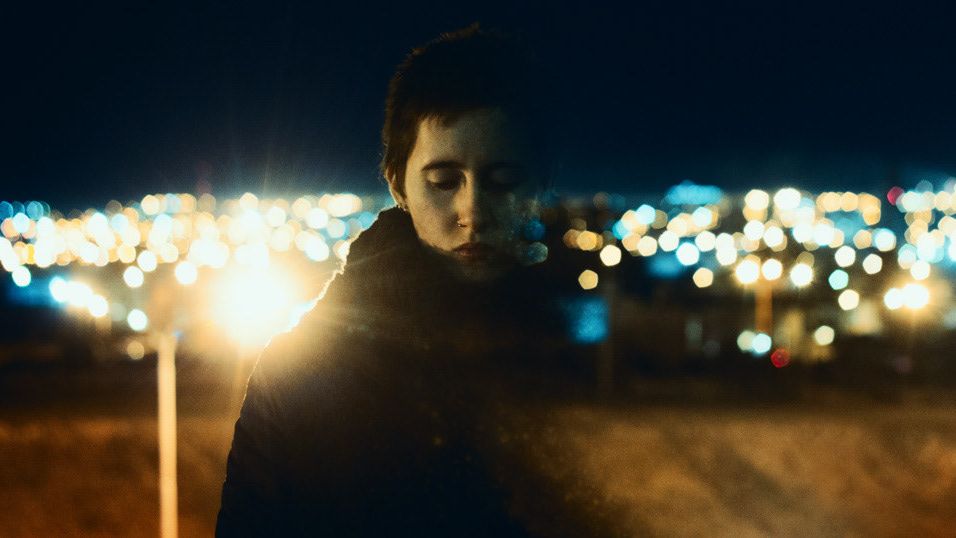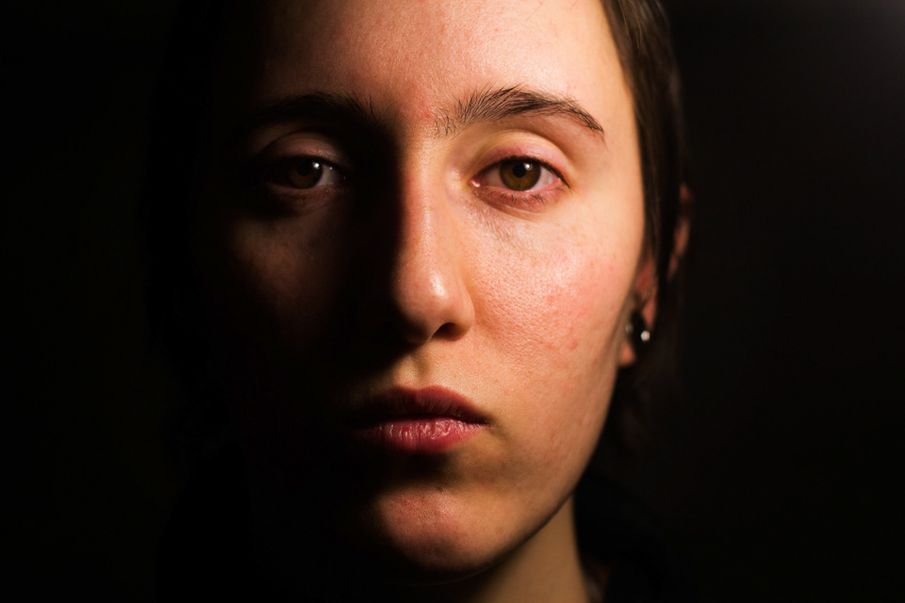It wasn’t until after she was diagnosed with bipolar disorder that Argentine photographer Magali realised that the symptoms of her mental health condition had always been there to see – in her work
When I was a kid, I read a lot, wrote stories, and drew a little. It was my dream to publish a novel, or a collection of short stories.
And then in 2008, when I was 14 years old, I discovered photography – without realising that taking photos would become like breathing for me. And actually, much more, because the bipolar disorder I was diagnosed with in 2017 was always visible in my photographic work.
Four times, I took a photograph per day for an entire year. I finished two of these projects, and two remained unfinished. They became a kind of intimate diary and a register of my mood swings, but I only discovered this after I was diagnosed.
In the last year of high school, in 2011, I had a crisis, sparked because I was so invested in photography that I started to fail my exams. I was also in a toxic relationship, and had other troubles. But I believed it was an isolated episode. I didn’t know at that time, but my bipolar disorder had started to manifest itself.

Photography| Taken by Magali in 2016. Several months before her diagnosis
After finishing school, I had a kind of sabbatical year, where I started working as a photographer, taking pictures in pubs. I also started my first ‘365’, but ended it after 222 days because I wasn’t feeling happy with the results.
In 2013, I ended my relationship and began a career in illustration. I became full of energy, slept little, had friends, went dancing, and dated people.
The next year I started my second ‘365’ photo project, which I finished and later exhibited. Also, I had a lot of work and exercised a lot. I also started a variety of hobbies, but dropped them pretty soon because I would lose interest – having spent a lot of unnecessary money on them.
I guess I was low sometimes in those years, but I mostly remember the highs, because I thought that was the ‘real me’.
I was doing so well in my life that I was even able to pay for a suit of medieval armour for my next photographic project! I also discovered my true passion: teaching photography, and had my first students.
After two years as an illustrator, I quit because I found out that drawing was not my thing.
Then 2016 was the year when everything started to fall apart. I started my third ‘365’, but suddenly began to feel so low. I was tired all the time, and dropped activities I liked. It was hard to get out of bed to take the photo of the day. I even closed my eyes in the middle of teaching, not from boredom, but because I couldn’t help it. Some weeks were like this, and then in others I had energy and ideas again. Big ideas – I even thought I could be a photographer for Marvel, or start to sell photographs at ridiculous prices.
But then the lows reached a point where it was untenable. And the lowest point for me was when I started to have suicidal thoughts. I remember the week I started planning what to ‘get ready’ for when I was gone.
But when I thought about my pets (my three dogs, my cat, my rabbits, and my hamsters) and what would become of them, something clicked on my head. It hurt me more not knowing what their future would be, than did how I was feeling. It was then that I told my partner what was happening in my head, and he suggested that I see a psychiatrist.
I didn’t want to go, because I thought that going would just get me sent away with medication. But I couldn’t bear it anymore.
I went to some sessions, and was diagnosed with dysthymia (persistent depressive disorder) and was prescribed an antidepressant and a mood stabiliser. And I began to live again. I couldn’t believe it. But five months later I had an episode, because I was without my antidepressant for one weekend. I won’t forget it, because I missed the most important day of my biggest exhibition so far. I was having withdrawal symptoms and I didn’t know it.
"Informing yourself and others is one of the first steps to eradicate the myths around bipolar disorder"
I went to see another psychiatrist to get a prescription, but he actually asked a number of questions and then said that he thought I had bipolar disorder.
Bipolar disorder? I didn’t think so. But after the diagnosis, I got new medication and started to feel changes. I’m self-taught in a lot of things, so I started to read a lot about bipolar.
The more I learnt about the disorder, and how it works, the less afraid of it I became, and the more tools I got, including the right medication. I learnt to differentiate “me” from the disorder – that’s why I never say “I’m bipolar”, I say “I have bipolar disorder”, because it doesn’t define me, it is just something I live with.
I learnt the things that triggered me, and was able to avoid them or work through them in therapy. And I noticed there were so many myths and a lot of stigma around bipolar, so I started to dedicate myself to informing people. I gave speeches to institutions or media, and generated content for social media.
Eventually I reached stability. I’m conscious that I could have a relapse at any time, but I’m also more confident that I’m better prepared.
The curious thing was what my photos showed. After diagnosis, I saw my work in a different light, and it was amazing how many of my symptoms were present in my projects. How fatigue was so visible, or how hypomania coloured my pictures, with bright characters and ideas. I have started to compile them into one project, called ‘Symptom’, which you can find on Behance.
I’m now at a stage in my life where I’m how I want to be. And my dream from when I was a child has actually come true… I have published my first book. Not short stories, but a compilation of pictures – that are like short stories after all.
I’m sharing my experiences, and my art, with others so they feel less alone, and can learn about this disorder. It can be a long and scary path, of course, but informing yourself and others is one of the first steps to eradicate the myths around bipolar disorder and to help every diagnosed person to have the life they want.
Graeme Orr | MBACP (Accred) counsellor says:
Magali’s story reflects her struggle, and that of others’, to get a diagnosis. But in finally receiving this, she gained a better awareness of herself, her triggers, and symptoms. Slowly, she rediscovered herself, her ambition, and was able to utilise her creativity to reflect her true self, to help and inform others. It’s this deep understanding of ourselves, and our health, that can make all the difference in how we cope with a condition.
To learn more about bipolar, or to connect with a counsellor, visit counselling-directory.org.uk


Comments